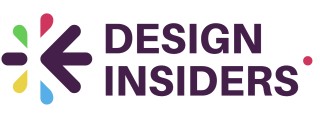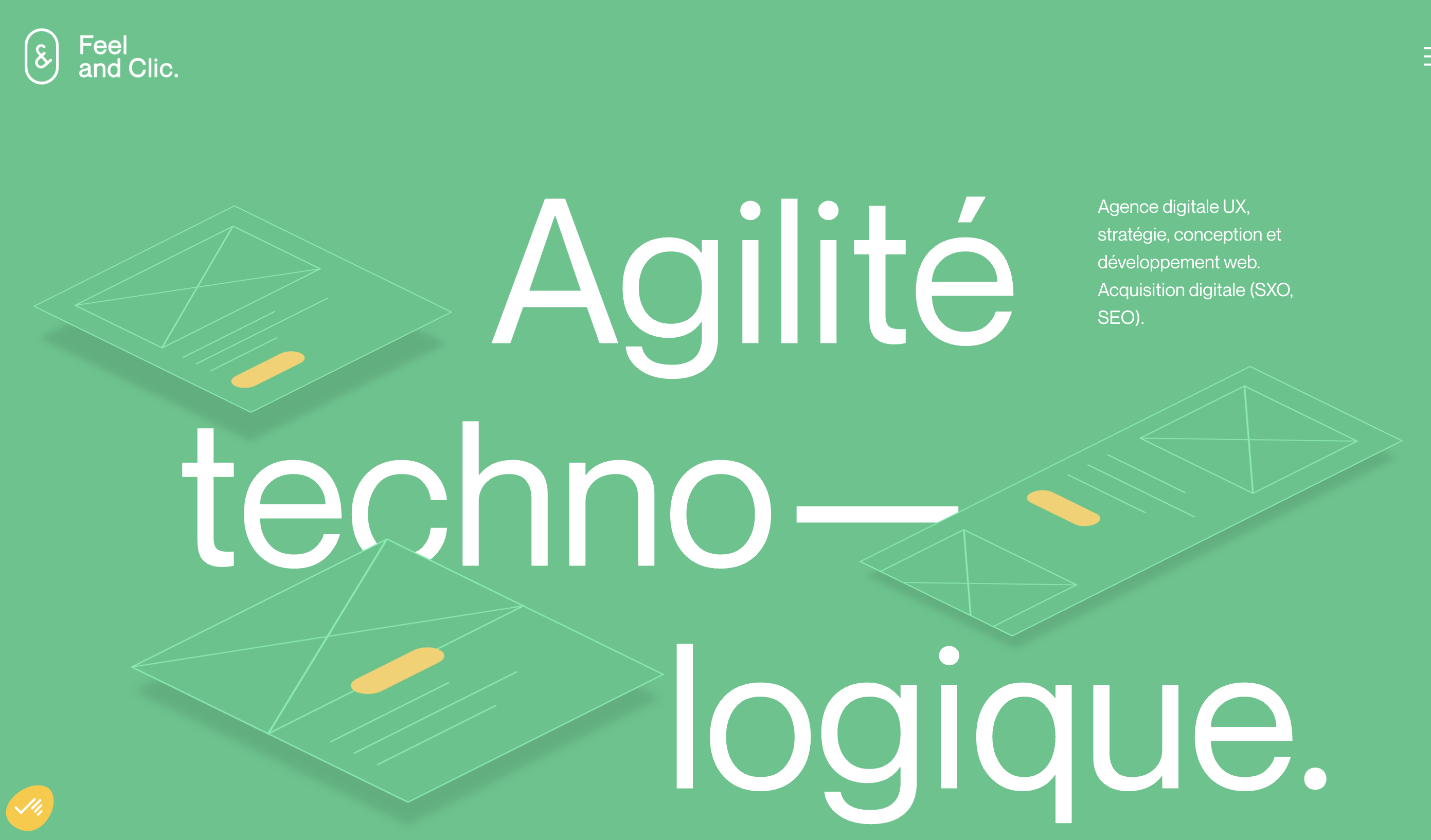
Understanding Market Segmentation in Design
Grasping the Essence of Segmentation in Design
In the multifaceted world of design, market segmentation emerges as a pivotal strategy. Put simply, it involves dividing a broad target audience into smaller, more manageable groups known as segments. Each one, characterized by shared traits, facilitates more tailored marketing strategies.
Segmentation isn’t confined to a single method. It embraces various types, including demographic segmentation, which categorizes customers by age, gender, and other human factors. Geographic segmentation narrows focus to location-based differentiations. Similarly, psychographic segmentation delves into lifestyle and personality traits, whereas behavioral segmentation examines consumer behaviors and purchasing patterns.
The application of market segmentation aids both the design and marketing spheres, empowering businesses to precisely identify and cater to their target market. By assessing market segments, designers and marketers can better align their product and service offerings with customer needs, preferences, and expectations, resulting in campaigns that feel more personal and meaningful to potential customers.
In design, leveraging customer segmentation based on firmographic data can further fine-tune targeting. This approach is particularly beneficial for B2B businesses, where understanding an organization’s size, industry, and financials can optimize design strategies.
For a deeper understanding of how biases might influence segmentation decisions in advertising design, consider exploring the nuances of cognitive bias in advertising design. Navigating the complexity of market segmentation can help businesses efficiently allocate resources, optimize promotional campaigns, and ultimately enhance brand reputation and customer satisfaction.
Identifying Target Audiences
Getting to Know Your Audience Inside Out
Understanding your audience is at the core of any effective design strategy. By identifying the target market through segmentation, businesses can tailor their design efforts to meet specific customer needs and preferences. The process of customer segmentation involves dividing a broad audience into smaller, more manageable segments based on a set of characteristics. Common types of market segmentation include:- Demographic Segmentation: This method categorizes customers based on criteria such as age, gender, income, education, and occupation. By focusing on demographics, businesses can create designs that resonate with specific population groups.
- Psychographic Segmentation: Unlike demographics, this approach delves into the psychological aspects, helping designers understand consumers' lifestyles, interests, values, and personalities. Such insights help in crafting designs that align with personal beliefs and emotional motivators.
- Behavioral Segmentation: This technique examines customer interactions with products or services, including their usage rates and potential benefits sought. Understanding these behaviors can inform design choices that enhance product engagement.
- Geographic Segmentation: Segmenting the market based on location allows businesses to cater designs to local climates, cultural nuances, or regional trends.
- Firmographic Segmentation: This is particularly relevant for B2B markets where businesses categorize their target market by industry, company size, revenue, or location.
Enhancing Design Efficiency
Streamlining Design Processes through Segmentation
Effective market segmentation provides significant advantages in enhancing design efficiency for businesses. By dividing a broad target market into distinct segments based on various criteria such as demographic, geographic, psychographic, and firmographic segmentation, companies can tailor their designs to meet specific audience needs. This focused approach ensures that resources are allocated wisely, eliminating the redundancy of one-size-fits-all solutions. Engaging with customer segmentation data allows designers to make informed decisions that cater effectively to the requirements of each segment. This data-driven insight can dramatically cut down on unnecessary revisions and design modifications, leading to a more streamlined process. In turn, this efficiency not only saves time but also minimizes costs associated with redundant work and resources. Moreover, launching targeted marketing campaigns with designs specifically tailored to certain market segments augments the likelihood of resonating with the intended audience. This approach ensures that designs stand out in crowded markets by aligning more closely with consumer expectations and preferences. When businesses can accurately pinpoint what their customers need, they can better allocate their creative energies towards producing products and services that perfectly align with those expectations. Adopting a segmentation strategy also encourages the development of innovative design solutions by fostering a culture of creativity among design teams. By understanding the nuances of different segments, teams can explore unique solutions that cater specifically to customer preferences, enhancing the overall effectiveness of designs. Overall, segmentation helps maximize the impact of designs by ensuring they are developed with the end-user in mind. To know more about understanding personas in this context, visit Design Insiders to delve deeper into how this method aids in creating effective marketing strategies.Improving User Experience
Crafting a Seamless User Journey
In the realm of design, improving user experience is a pivotal advantage of market segmentation. By understanding the diverse needs and preferences of different market segments, designers can create products and services that resonate more deeply with their target audience. This approach not only enhances the usability of a product but also ensures that it meets the specific expectations of its users.
Market segmentation allows businesses to tailor their designs based on demographic segmentation, such as age and gender, or even psychographic segmentation, which considers lifestyle and values. By doing so, designers can address the unique challenges and desires of each segment, leading to a more personalized and engaging user experience.
Moreover, segmentation helps in identifying the most effective design elements for each target market. For instance, a product aimed at a younger audience might incorporate vibrant colors and interactive features, while a design targeting professionals might focus on functionality and simplicity. This targeted approach not only enhances the user experience but also increases the likelihood of customer satisfaction and loyalty.
By leveraging data-driven insights from customer segmentation, businesses can refine their marketing strategies and design processes. This ensures that every touchpoint in the customer journey is optimized for engagement and conversion, ultimately leading to a more cohesive and satisfying user experience.
Boosting Brand Loyalty
Building Stronger Connections with Customers
Market segmentation is not just about identifying different groups within your audience; it's about creating meaningful connections with them. By understanding the specific needs and preferences of each segment, businesses can tailor their products and services to meet those demands. This personalized approach fosters a sense of loyalty among customers, as they feel understood and valued by the brand.
Personalized Marketing Campaigns
When a business employs a segmentation strategy, it can design marketing campaigns that resonate with each target market. For instance, demographic segmentation allows brands to create age-appropriate content, while psychographic segmentation helps in crafting messages that align with the audience's lifestyle and values. These targeted campaigns are more likely to engage customers, leading to increased brand loyalty.
Consistent Brand Experience
Consistency is key in building brand loyalty. By using customer segmentation, businesses can ensure that their messaging and product offerings are consistent across all market segments. This consistency helps in reinforcing the brand's identity and values, making it easier for customers to trust and remain loyal to the brand.
Feedback and Adaptation
Segmentation also allows businesses to gather valuable feedback from different customer segments. This feedback can be used to adapt products and services, ensuring they continue to meet the evolving needs of the audience. By showing customers that their opinions matter, brands can strengthen their relationship with them, further boosting loyalty.
In conclusion, market segmentation is a powerful tool that not only enhances design efficiency and user experience but also plays a crucial role in building and maintaining brand loyalty. By understanding and catering to the unique needs of each segment, businesses can create lasting connections with their customers.














